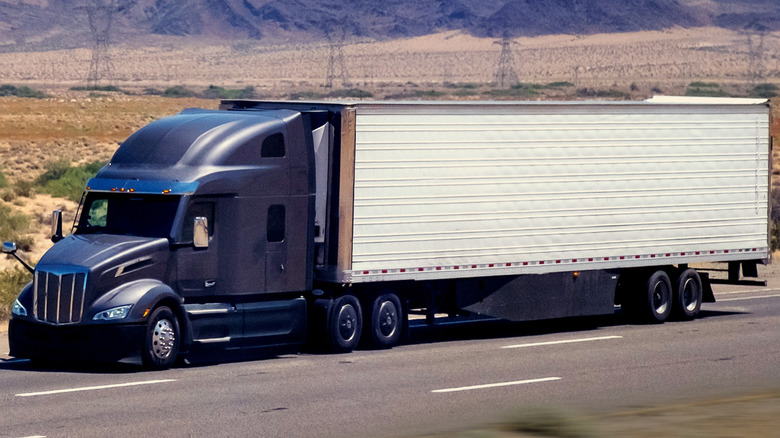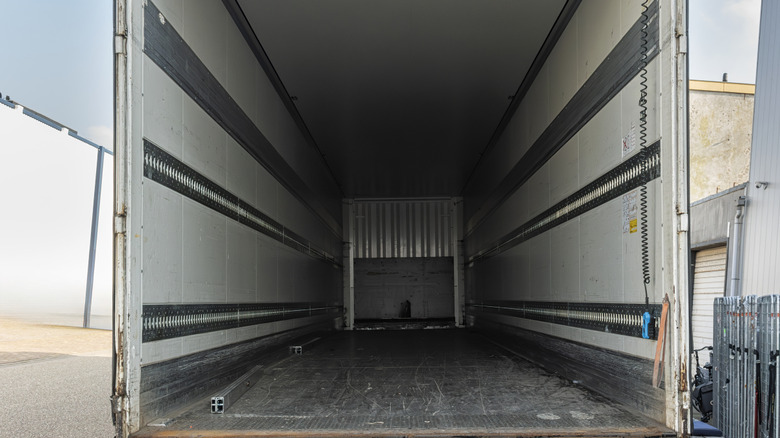How Long (And Wide) Is A Semi Trailer?
Semi-trailers are a key pillar of freight transportation, carrying everything from groceries and furniture to heavy machinery across the country. These giant vehicles help keep the supply chain moving smoothly, and their size determines how and where they can operate. The dry van, which transports consumer products like electronics and clothing, is the trailer you'll most often see on the roads. Dry vans are enclosed and typically 53 feet long, protecting whatever is in them from the elements.
Other types of semi-trailers, including flatbeds (used for heavy goods like building materials) and tankers (which carry liquids like fuel), are usually between 48 and 53 feet long. You might see even longer trailers in some states, like Texas and Oklahoma., These states allow trailers up to 59 feet long on some roadways to accommodate larger loads. Then there are pup trailers, which are much shorter, usually around 28 feet. They're often used in pairs for regional or less-than-truckload (LTL) deliveries. When hooked together, two pup trailers total about 56 feet, allowing companies to haul more freight than a typical semi-trailer.
How wide is a semi-trailer?
When you're driving next to a semi-trailer, you might not realize how wide it actually is — but that width plays a big role in keeping traffic smooth and safe. In the U.S., the standard width for a semi-trailer is 8.5 feet, or 102 inches. This size fits well within a standard highway lane, which is about 12 feet wide. The extra space lets large semi-trucks stay safely in their lanes without crowding smaller vehicles or drifting too close to the edge.
While 8.5 feet is the legal standard across all states, Hawaii makes some exceptions. Some roads there allow trailers up to 9 feet wide (108 inches). Any semi-trailer wider than 8.5 feet is classified as oversized. In addition to the documents semi-truck drivers must have, extra-wide haulers require a special permit and may sometimes need an escort vehicle to help guide them. Semi-trucks with oversized trailers may also need to follow specific routes and travel during off-peak times, such as early mornings, to avoid heavy traffic and reduce risks.

